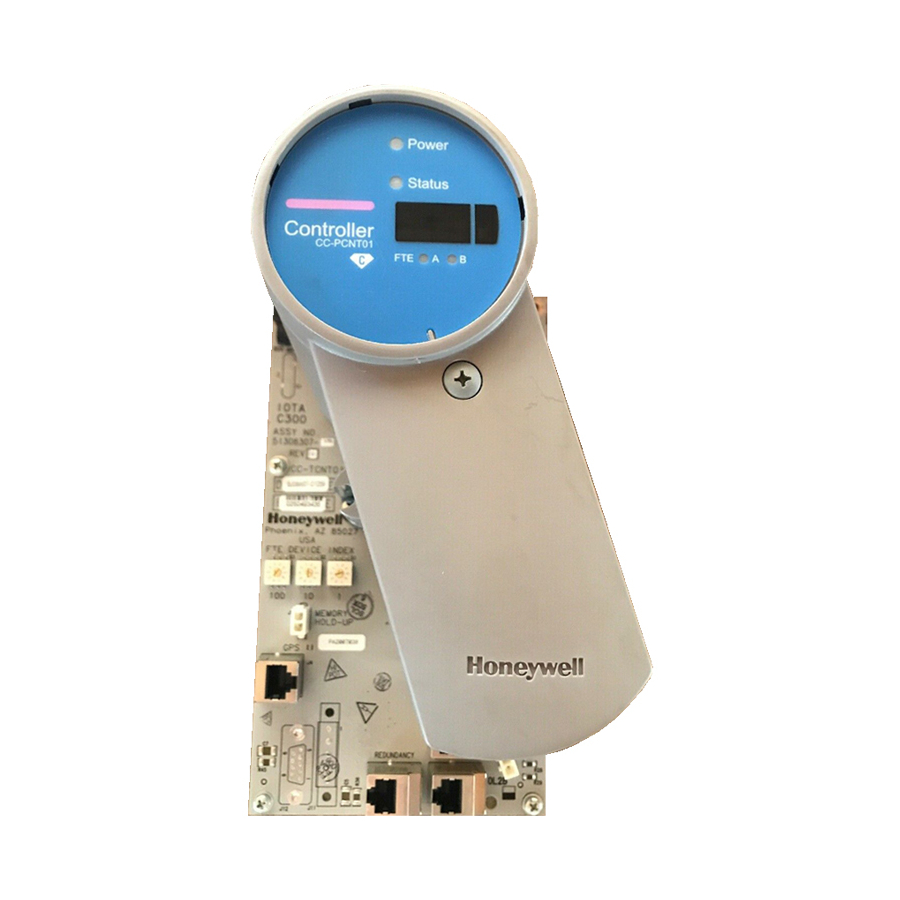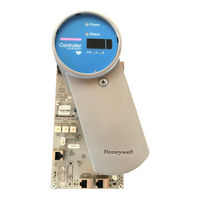
Honeywell Experion C300 Manuals
Manuals and User Guides for Honeywell Experion C300. We have 2 Honeywell Experion C300 manuals available for free PDF download: User Manual
Honeywell Experion C300 User Manual (270 pages)
Brand: Honeywell
|
Category: Controller
|
Size: 5.76 MB
Table of Contents
-
-
-
-
-
-
Main Tab93
-
Statistics Tab100
-
FTE Tab104
-
UTP/TCP Tab108
-
IP/ICMP Tab111
-
QVCS Tab116
-
-
-
Main Tab122
-
Redundancy Tab122
-
-
-
Statistics Tab126
-
CPU Loading Tab130
-
CPU Overruns Tab130
-
Memory Tab131
-
QVCS Tab137
-
IOLINK Block
138-
Main Tab138
-
Memory Stats Tab140
-
Statistics Tab141
-
QVCS Tab155
-
-
-
-
-
-
Prerequisites195
-
-
-
Description
203 -
-
-
Redundancy Delay213
-
-
Switchover
214
-
-
-
Overview
233 -
Initial Checks
234 -
-
Loss of Power237
-
Fatal ECC Error241
-
-
-
-
Notes265
Advertisement
Honeywell Experion C300 User Manual (285 pages)
Series 8
Brand: Honeywell
|
Category: Controller
|
Size: 3.62 MB
Table of Contents
-
-
-
-
Main Tab91
-
Statistics Tab100
-
FTE Tab105
-
UTP/TCP Tab110
-
IP/ICMP Tab112
-
-
-
Main Tab124
-
Redundancy Tab124
-
Main Tab125
-
Statistics Tab129
-
CPU Loading Tab134
-
CPU Overruns Tab135
-
Memory Tab136
-
IOLINK Block145
-
Main Tab145
-
Memory Stats Tab147
-
Statistics Tab149
-
-
-
-
-
Prerequisites202
-
Prerequisites203
-
Prerequisites204
-
Prerequisites205
-
-
-
Description215
-
Standby State220
-
Redundancy Delay226
-
-
Switchover227
-
-
-
10.1 Overview243
-
-
Loss of Power247
-
Fatal ECC Error251
-
-
Soft Failures266
-
-
Advertisement
Related Products
- Honeywell CP980
- Honeywell CentraLine LYNX BACnet CLLYUB6438S
- Honeywell CentraLine LYNX BACnet CLLYVB0000AS
- Honeywell CentraLine LYNX LON CLLYVL4022AS
- Honeywell ControlEdge 2020 Series
- Honeywell ControlEdge 900 Series
- Honeywell Centra Line CLNXSERIES8
- Honeywell CLMERL4N
- Honeywell CLMERL8N
- Honeywell CentraLine EAGLEHAWK NX

